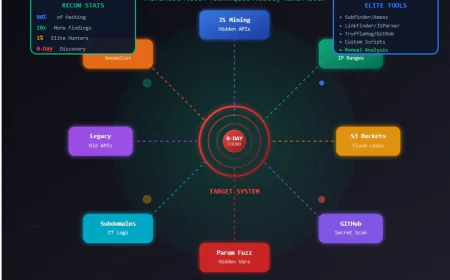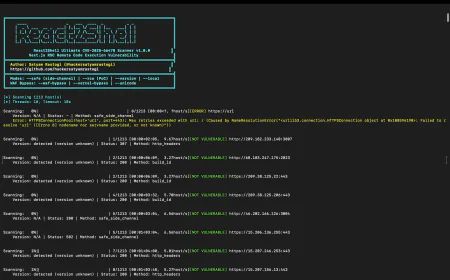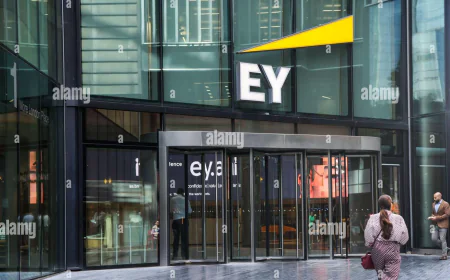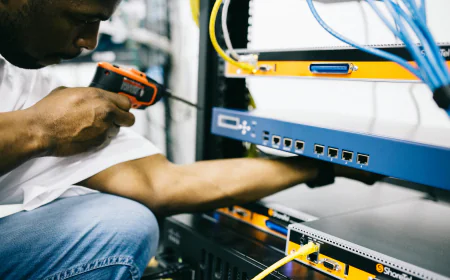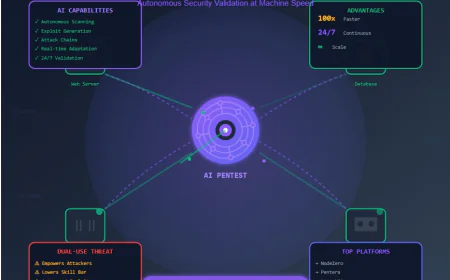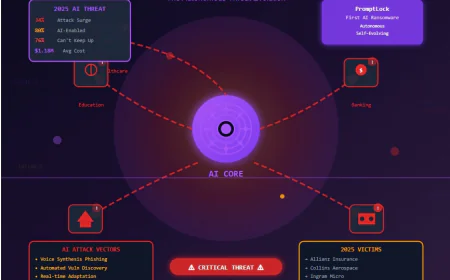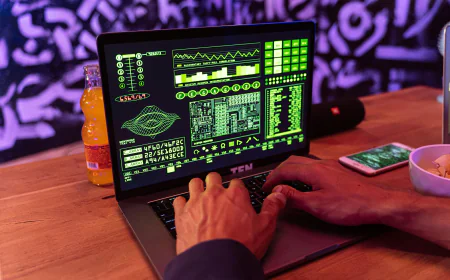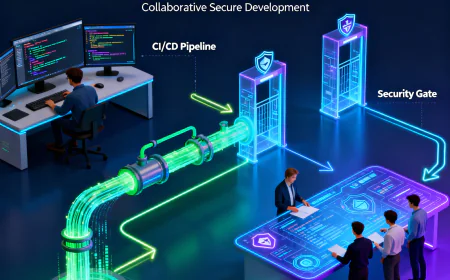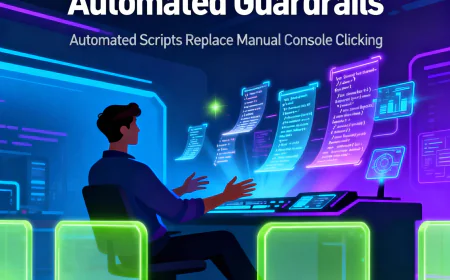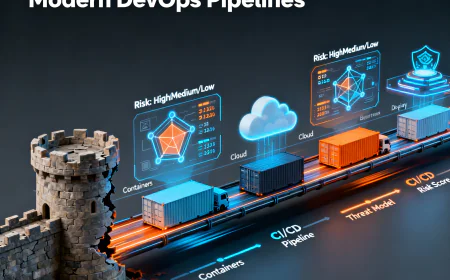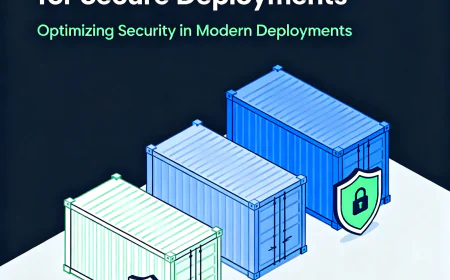AWS Graviton Migration: Hidden DevSecOps Risks No One Talks About
Migrating to AWS Graviton promises speed, scalability, and massive cost savings—but there’s a side of the story no one talks about. Behind the performance hype lurks a silent security trade-off: toolchain compatibility gaps. When your trusted SAST scanners, DAST agents, and monitoring tools fail to keep up with ARM architecture, entire stages of your DevSecOps pipeline go dark. The result? Blind spots, skipped scans, and a dangerous false sense of security. Attackers don’t care about your migration strategy—they care about the unguarded entry points it leaves behind. This post uncovers the hidden DevSecOps risks of Graviton migration that could turn innovation into exposure if ignored.

1. Tool chain Compatibility Gaps
Toolchain Compatibility Gaps emerge when your DevSecOps tools—like SAST scanners, DAST agents, or monitoring plugins—fail to support new architectures such as ARM/Graviton. During migrations, this creates hidden blind spots where security checks silently fail, leaving code unscanned and dependencies unverified. Teams may end up skipping critical steps just to keep pipelines running, giving a dangerous false sense of security. Attackers exploit these gaps by targeting the unmonitored attack surface, turning your high-performance migration into a high-risk gamble. This is because most security tools (SAST, DAST, compliance scanners, monitoring agents) are still primarily designed for x86 architecture
· Security Blind Spots – Scanners and agents may not run on ARM/Graviton, leaving unscanned code and hidden vulnerabilities.
· Pipeline Failures – CI/CD stages break when tools don’t support the new architecture, forcing teams to skip security checks.
· False Sense of Safety – Pipelines may show “green” even though critical scans were silently skipped.
· Unverified Dependencies – Using unofficial builds for ARM introduces supply chain risks.
· Operational Overhead – Maintaining separate x86 and ARM environments increases complexity and inconsistency.
2. Container Image Risks
Migrating to AWS Graviton introduces serious container image challenges. Since registries still prioritize x86, ARM64 images often arrive late, remain unpatched, or don’t exist at all. To fill the gap, teams pull unofficial or custom builds that bypass hardening, exposing the pipeline to supply chain risks. Even with multi-arch setups, wrong architecture layers get pulled, and scanners frequently fail to analyze ARM containers—handing attackers invisible blind spots.
Key Risks to Watch:
· Outdated/missing ARM64 images - Official registries delay ARM64 patches, leaving containers running with known vulnerabilities longer than x86.
· Unofficial or custom builds - Teams grab community ARM images to keep builds alive, but these unverified sources can carry malware or hidden backdoors.
· Multi-arch misconfigurations-Incorrect Docker manifests often pull the wrong architecture image, leading to builds that run but escape proper scanning.
· Runtime security agents not ARM- ready-Tools that normally monitor container activity may fail on ARM64, reducing visibility into suspicious runtime behaviour.
3. Dependency Hell
Moving to AWS Graviton often unleashes a new kind of dependency nightmare. Many third-party libraries, SDKs, and packages are still optimized for x86 and lack stable ARM64 builds. Dev teams end up juggling broken dependencies, mixing unofficial binaries, or cross-compiling code just to keep pipelines alive. This patchwork approach weakens the integrity of builds and silently opens doors for supply chain exploits.
Key Risks to Watch:
· Missing official ARM64 builds-Popular libraries may not support ARM yet, forcing teams to delay updates or rely on risky workarounds.
· Cross-compilation pitfalls-When code is compiled for ARM from x86 environments, hidden bugs or untested vulnerabilities often slip through.
· Unverified third-party binaries- To fix broken builds, developers pull binaries from untrusted sources, increasing the chance of malware or backdoors.
· Version fragmentation- Different ARM and x86 environments run different dependency versions, making it hard to track vulnerabilities or apply patches consistently.
4. Security Testing Limitations
Shifting workloads to AWS Graviton often breaks traditional security testing. Most SAST/DAST scanners, dependency analyzers, and container scanners were built with x86 in mind. On ARM64, they either fail to execute, give partial results, or skip critical tests altogether. The pipeline still shows “green,” but in reality, entire categories of vulnerabilities go unchecked handing attackers the perfect cover.
Key Risks to Watch:
· Scanners not ARM-compatible- Many SAST/DAST tools crash or skip tests on ARM, leaving hidden vulnerabilities in source code or web apps.
· Dependency analysers miss packages- ARM64 builds may pull different versions of libraries, but scanners only recognize x86 signature causing false negatives.
· Container scanning blind spots-Security scanners often fail to inspect ARM-based container layers, meaning unpatched OS packages and malware go undetected.
· False sense of compliance- CI/CD pipelines still show tests as “passed,” even though critical checks never actually ran masking the real attack surface.
Conclusion: Graviton Migration Without Blindfolds
Migrating to AWS Graviton is a power move—faster, cheaper, greener. But speed without security is like leaving the vault open for attackers. From toolchain gaps and dependency hell to broken security scans and container blind spots, every unpatched corner becomes a hacker’s playground. The biggest risk? Thinking you’re secure when your DevSecOps pipeline is silently skipping checks.
What You Should Do:
· Adopt multi-arch security tools - Only use SAST/DAST, scanners, and agents that officially support ARM64.
· Harden container pipelines - Always verify multi-arch images, scan both ARM and x86 layers, and avoid shady community builds.
· Enforce IaC consistency - Keep ARM-specific infrastructure templates versioned and aligned with x86 security policies.
· SBOM for everything - Generate a Software Bill of Materials for ARM builds to track vulnerable dependencies.
· Continuous validation - Regularly test security pipelines on ARM64 environments to ensure no silent failures.
Graviton isn’t the enemy—complacency is. If you migrate with visibility, consistency, and security-first practices, you’ll get the best of ARM’s performance without handing attackers the keys to your cloud.






